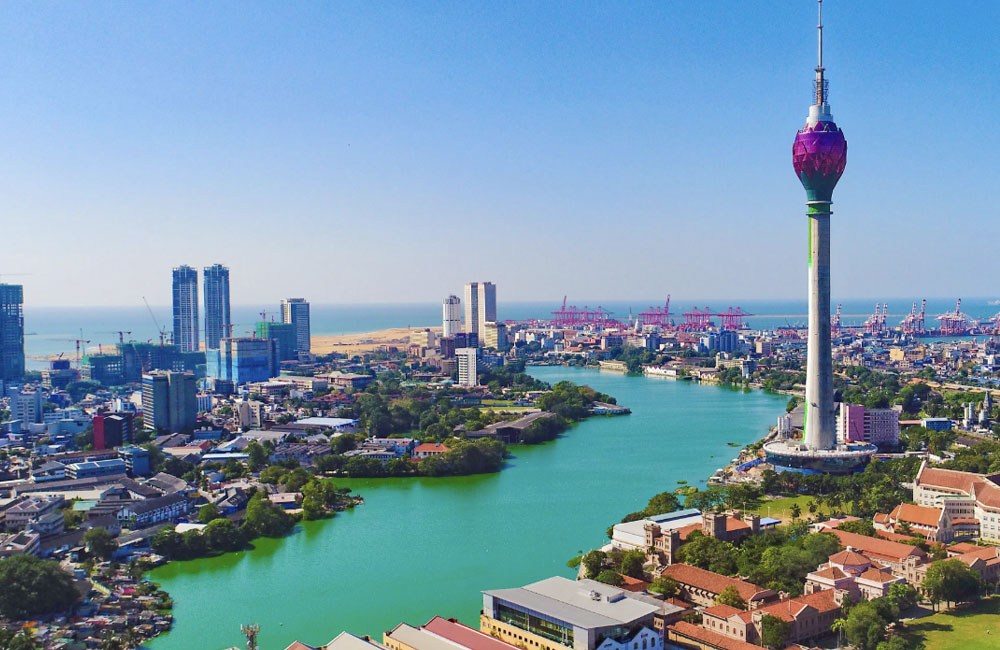Sri Lanka’s licensed finance companies (LFCs) are being pushed toward a decisive shift in their business model, as economic recovery now hinges on industrial expansion rather than the consumption-heavy credit patterns that defined the past decade.
The Lanka Rating Agency (LRA), in its latest sector review for 2025, warns that unless LFCs redirect capital toward production, they risk losing relevance in an economy attempting to rebuild its export base and generate sustainable jobs.
According to LRA analysts, the sector’s sizeable asset base, strengthened risk-management frameworks, and improving capital buffers place LFCs in a position to influence the country’s next phase of growth.
But this will require moving beyond familiar ground such as vehicle financing and personal loans and stepping into investment-oriented segments industrial modernization, project lending, supply-chain finance, and working capital for export manufacturers.
Such a reorientation, the Agency argues, is not merely desirable but necessary. Sri Lanka’s firms are under pressure to climb the value chain, raise productivity, and compete more aggressively in regional markets.
“LFCs can become catalysts for capital formation if they redirect credit to activities that generate foreign exchange and long-term employment,” the report notes.
A transition toward outward-oriented lending would also strengthen corporate balance sheets at a time when businesses must scale to survive.
Financial data for 2025 shows that the industry is entering the New Year with stronger fundamentals, creating room for this strategic shift. Regulatory capital stood at approximately Rs. 433 billion in the first quarter of FY25/26, supporting a robust capital adequacy ratio of about 22%well above minimum regulatory thresholds.
Sector assets reached nearly Rs. 2.28 trillion, growing at an annual compound pace close to 8%. The gross non-performing loan ratio fell sharply to 8.3%, from 13.6% a year earlier, reflecting improving credit quality.
Profitability has also stabilised: LFCs posted Rs. 69.4 billion in PAT in FY24/25 and Rs. 18 billion in the first quarter of FY25/26.
However, vulnerabilities persist. Sector liabilities expanded 29.1% year-on-year, pushed up by a 76% surge in borrowings, and liquidity pressures remain.
A significant share of deposits and loans mature within 12 months, creating rollover risk. LFCs are also exposed to commodity volatility after the gold-backed loan portfolio jumped 30% in FY24/25, driven by a 34% rise in global gold prices. Roughly half of long-term assets are still funded using short-term deposits an imbalance that leaves institutions sensitive to interest-rate shocks.
The Central Bank’s consolidation pathway also looms large. Under the NBFI Master Plan, finance companies must reach a minimum stability score of 60 by 2027 to function independently, pushing weaker firms toward mergers or exit. Currently, the 12 largest LFCs control nearly 80% of industry assets, with loans and advances amounting to Rs. 1.75 trillion, or 76.6% of total assets.
Despite these pressures, the LRA maintains that the sector has the structural capacity to support a shift toward an investment-driven growth model if it can commit to industrial project finance and manage its balance-sheet risks with greater discipline.
For policymakers seeking to revive exports and rebuild productive capacity, the evolution of the LFC sector may determine whether Sri Lanka’s recovery becomes durable or slips back into consumption-driven volatility.

Leave your comments
Login to post a comment
Post comment as a guest